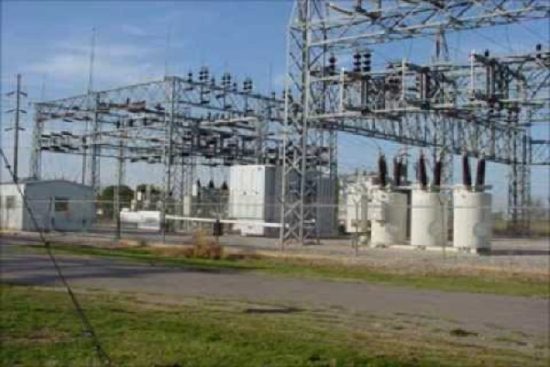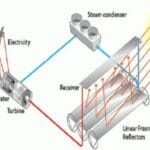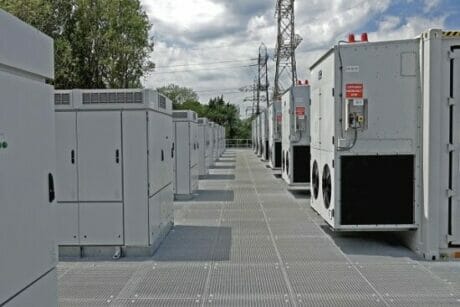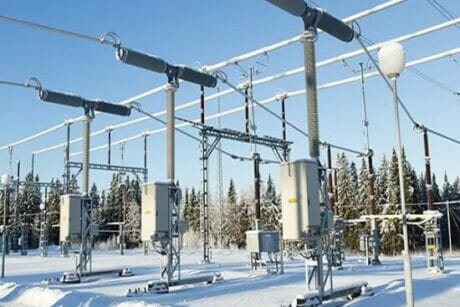No products in the cart.
- Course No E – 1491
- PDH Units 4.00
Course No E - 1491
PDH Units 4.00
- Course No E – 1491
- PDH Units 4.00
Course No E - 1491
PDH Units 4.00
Intended Audience: The Course is intended for electrical and civil engineers and designers, construction professionals
PDH UNITS: 4
This course presents an overview of modern electrical substations, emphasizing their importance for reliable and effective operation of power systems, describing all major, auxiliary and control equipment, listing typical engineering issues associated with substation design and engineering and providing recommendations for addressing these issues. The whole course consists of three sections: Section 1: Mission of Electrical Substations and their Main Components Section 2: Electrical Substation Auxiliary and Control Systems Section 3: Electrical Substation Engineering Aspects Part 3 of this course series is presented herein. It starts with an overview of reliability analysis theory, main equations to calculate probability of failure for both a single element and different kinds of their connection into the system. The example of reliability analysis for a specific 230-13 kV power system is presented for a better understanding of the subject. The next section covers typical substation switching systems, from the least reliable single bus to the most redundant double bus – double breaker systems, comparing their advantages and disadvantages. The following couple of sections are briefly covering insulation coordination topic, as well as substation safety and fire protection issues. Explanation of BIL (Basic Insulation Level) and it’s effect on substation design are provided. Brief introduction to safety and fire protection standards is provided, with emphasize made on safety being a number one priority in substation design and engineering. The next section is describing steps is substation design and engineering concentrating on equipment selection. The example is presented to show how to choose 138 kV circuit breaker for a specific power system. The last section of the course is covering problems associated with substation insulators and describing the ways to resolve them,. All explanations are supported by numerous drawings and photos illustrating all substation engineering aspects presented in the course.
- Understanding the complexity of engineering aspects related to design, operation and maintenance of modern electrical substations.
- Familiarizing yourself not only with description of typical substation engineering problems, but with possible resolution options as well.
Learning Objectives
In addition, after completing this part of the course, you’ll be able:- Analyze reliability of power supply systems
- Describe typical substation switching systems, their advantages and disadvantages
- Understand basics of insulation coordination
- Clearly understand importance of safety in substation design and engineering
- List means of substation fire protection
- Describe steps in substation design and engineering
- Select substation equipment
- Describe how to improve substation insulator’s performance
Once completed, your order and certificate of completion will be available in your profile when you’re logged in to the site.








